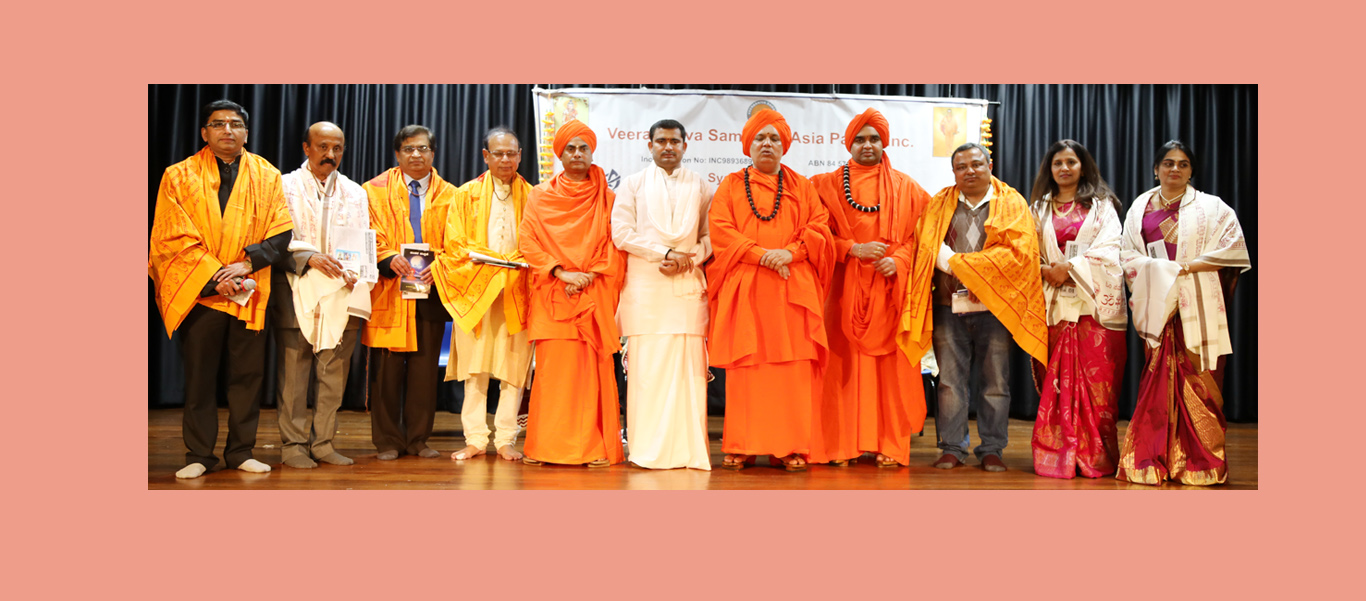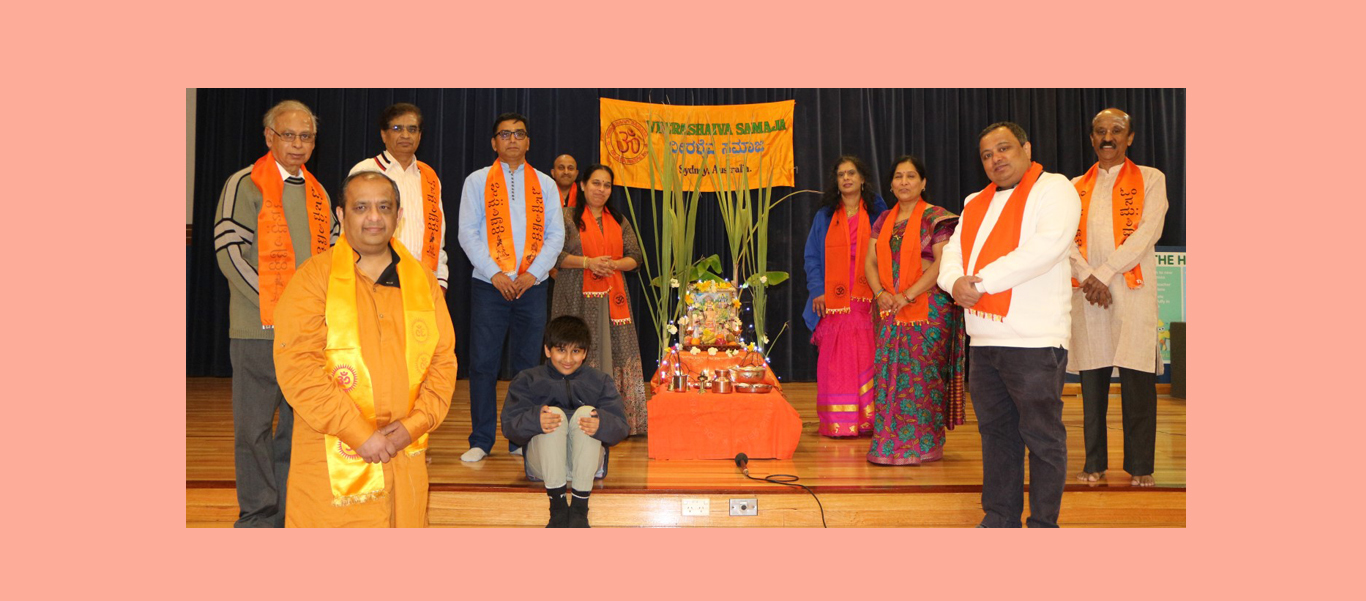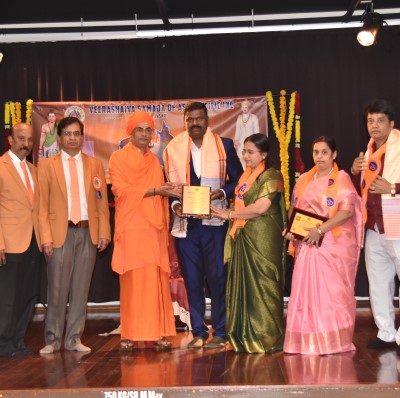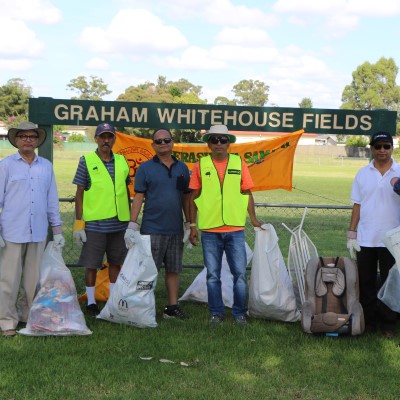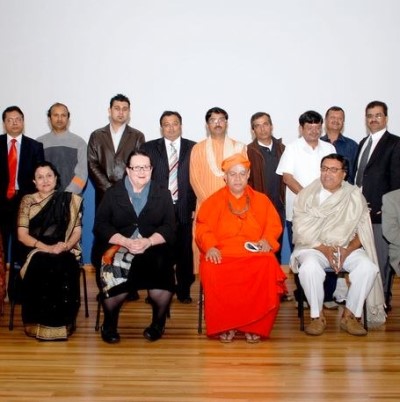
Welcome to Veerashaiva Samaja of Asia Pacific Inc(VSAP)
Veerashaiva Samaja of Asia Pacific (VSAP) is a non-for-profit religious organisation established in Sydney, Australia in October, 2010.
Inaugurated on the 24th of October, 2010 by Dr Shivamurthy Shivacharya Mahaswamiji of Sri Taralabalu Jagadguru Brihanmath, Karnataka, India.
The objectives of VSAP are:
-
 To promote social and cultural welfare of Veerashaiva people
To promote social and cultural welfare of Veerashaiva people -
 To establish institutions and/or functions and events to spread the principles of Veerashaiva religion, literature, culture and tradition as well as Vachana Sahitya
To establish institutions and/or functions and events to spread the principles of Veerashaiva religion, literature, culture and tradition as well as Vachana Sahitya -
 To co-ordinate support and/or provide assistance for Veerashaiva and/or Vachana literature
To co-ordinate support and/or provide assistance for Veerashaiva and/or Vachana literature -
 To provide direction and/or information to new Veerashaiva settlers in Australia
To provide direction and/or information to new Veerashaiva settlers in Australia -
 To promote, conserve and advance Veerashaiva culture and literature
To promote, conserve and advance Veerashaiva culture and literature -
 To improve the awareness of Veerashaiva culture within the wider local community
To improve the awareness of Veerashaiva culture within the wider local community
Meet Our Executive Committee
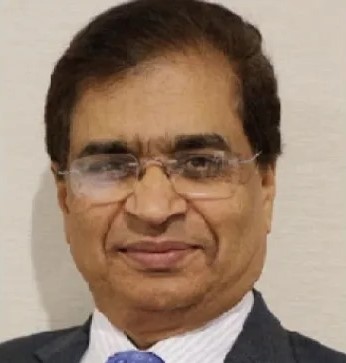
Onkaraswamy Goppenalli
President
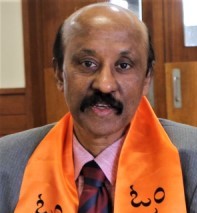
Vijaykumar Halagali
Vice President
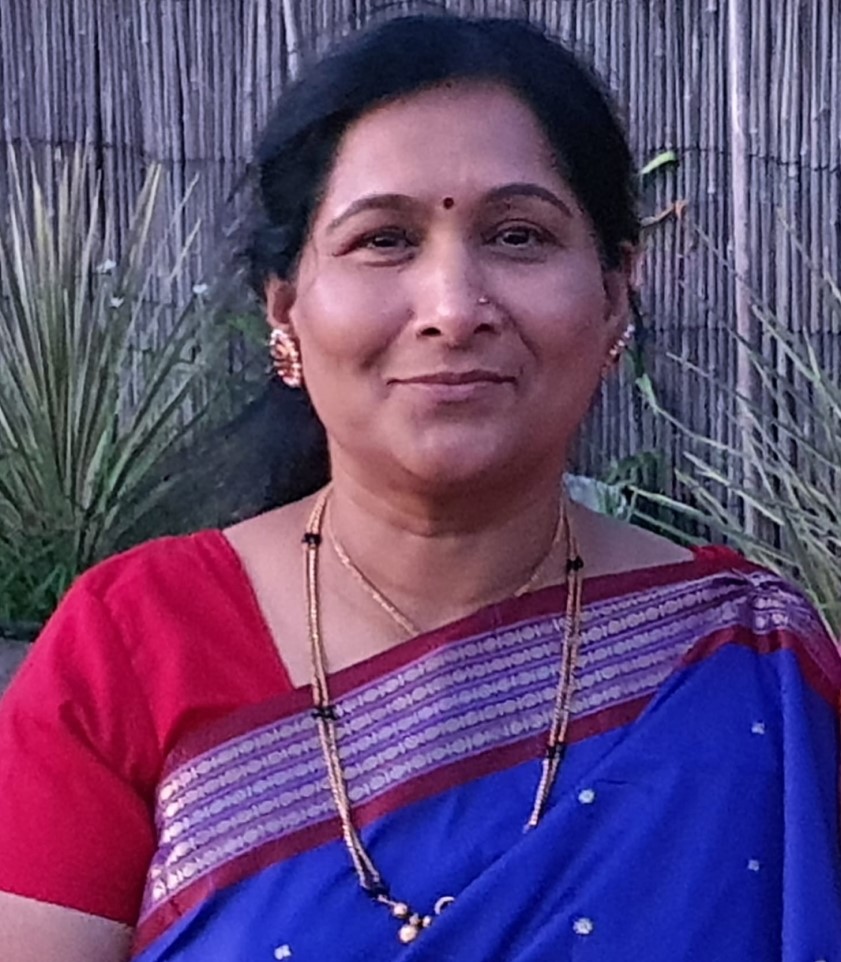
Girija Halagali
Secretary
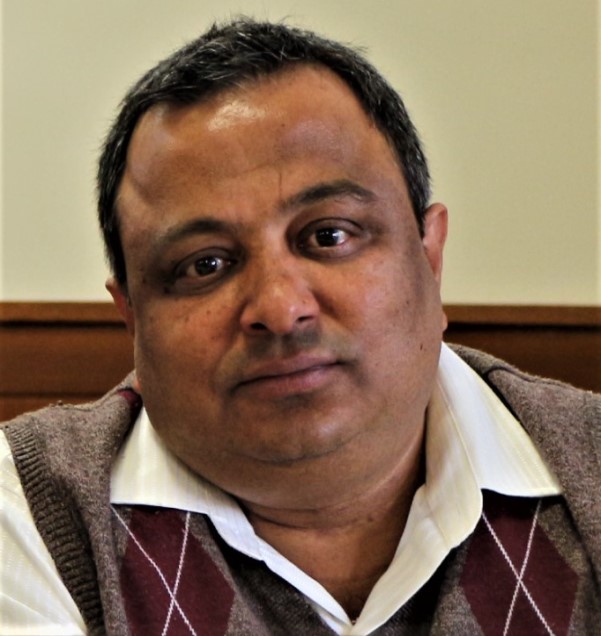
Suresh Bangalore
Public Officer
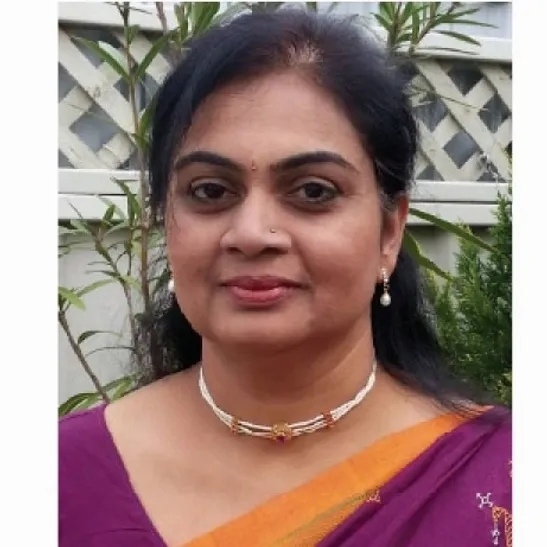
Nanda Shirol
Treasurer
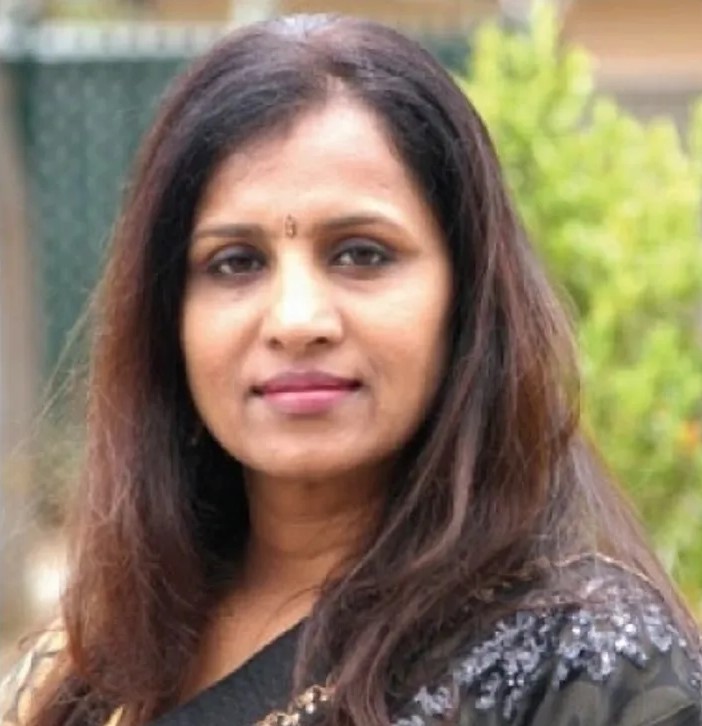
Mahantesh Gaddi
Information Co-ordinator

Dr Siddalingeshwara Orekondy
Ex-Officio President and Trustee
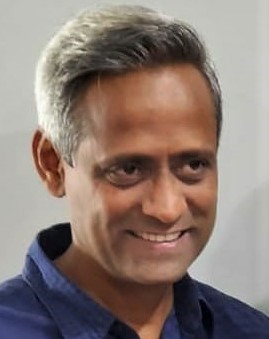
Shivakumar Shirol
Executive Member

Geetha Giriyal
Executive Member
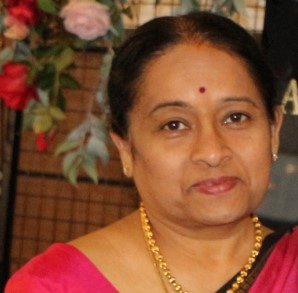
Kanthi Shivaprakash
Executive Member
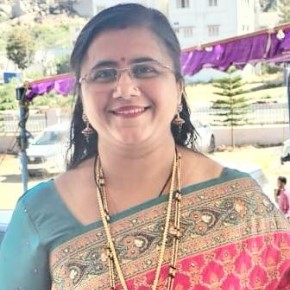
Preety Lingayata
Executive Member
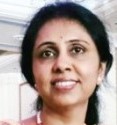
Chandrakala Aradhya
VSAP Representative-Bengaluru
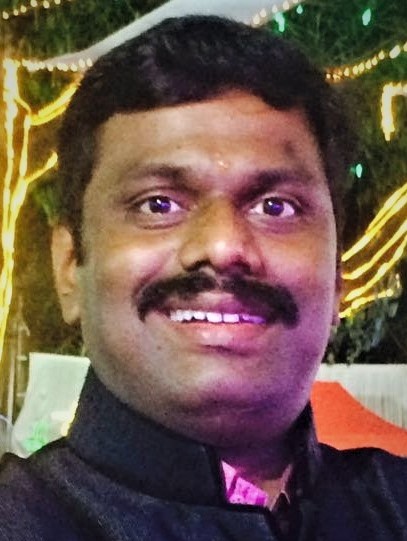
Paramesha Lingayata
VSAP Representative-Mumbai


